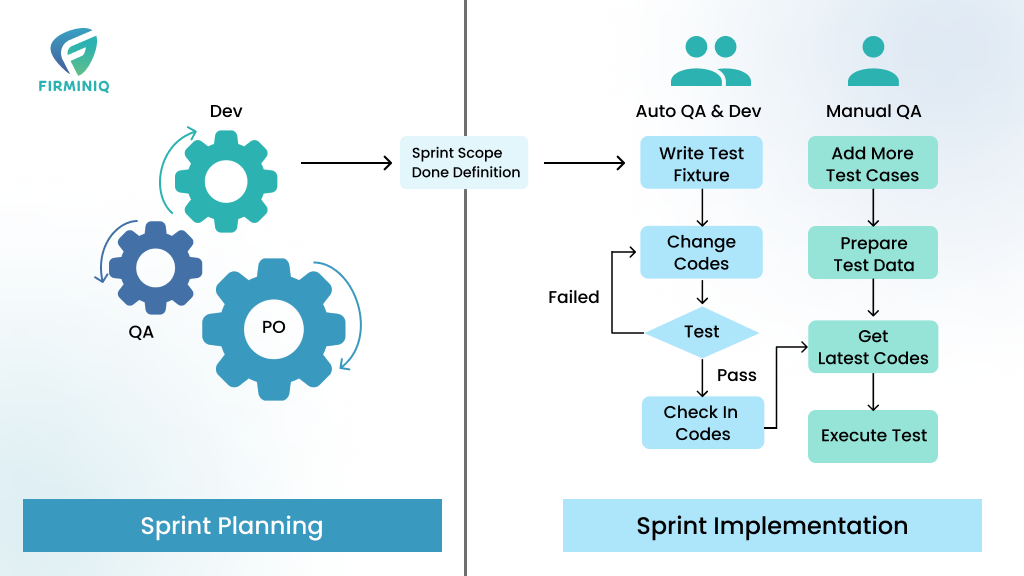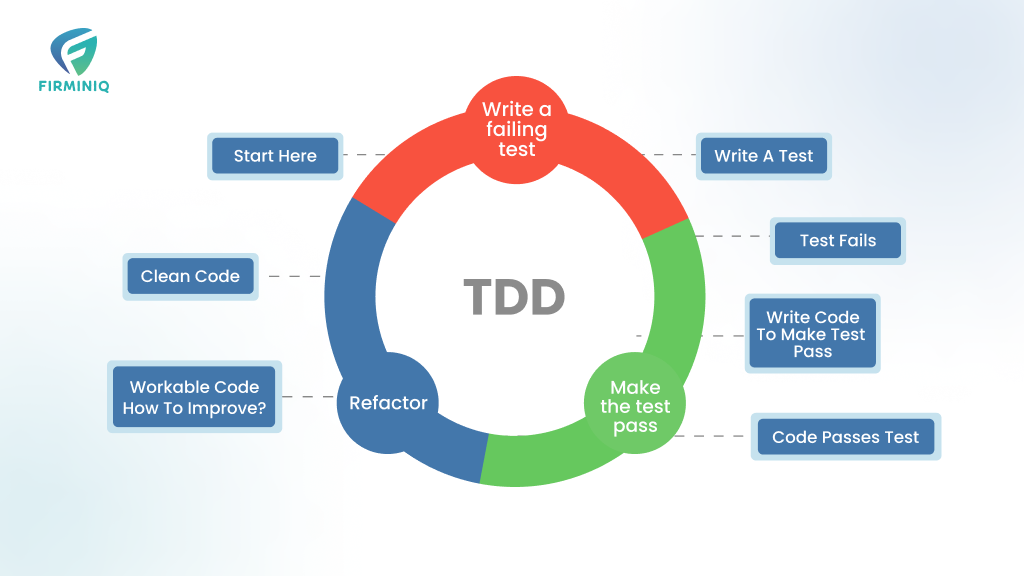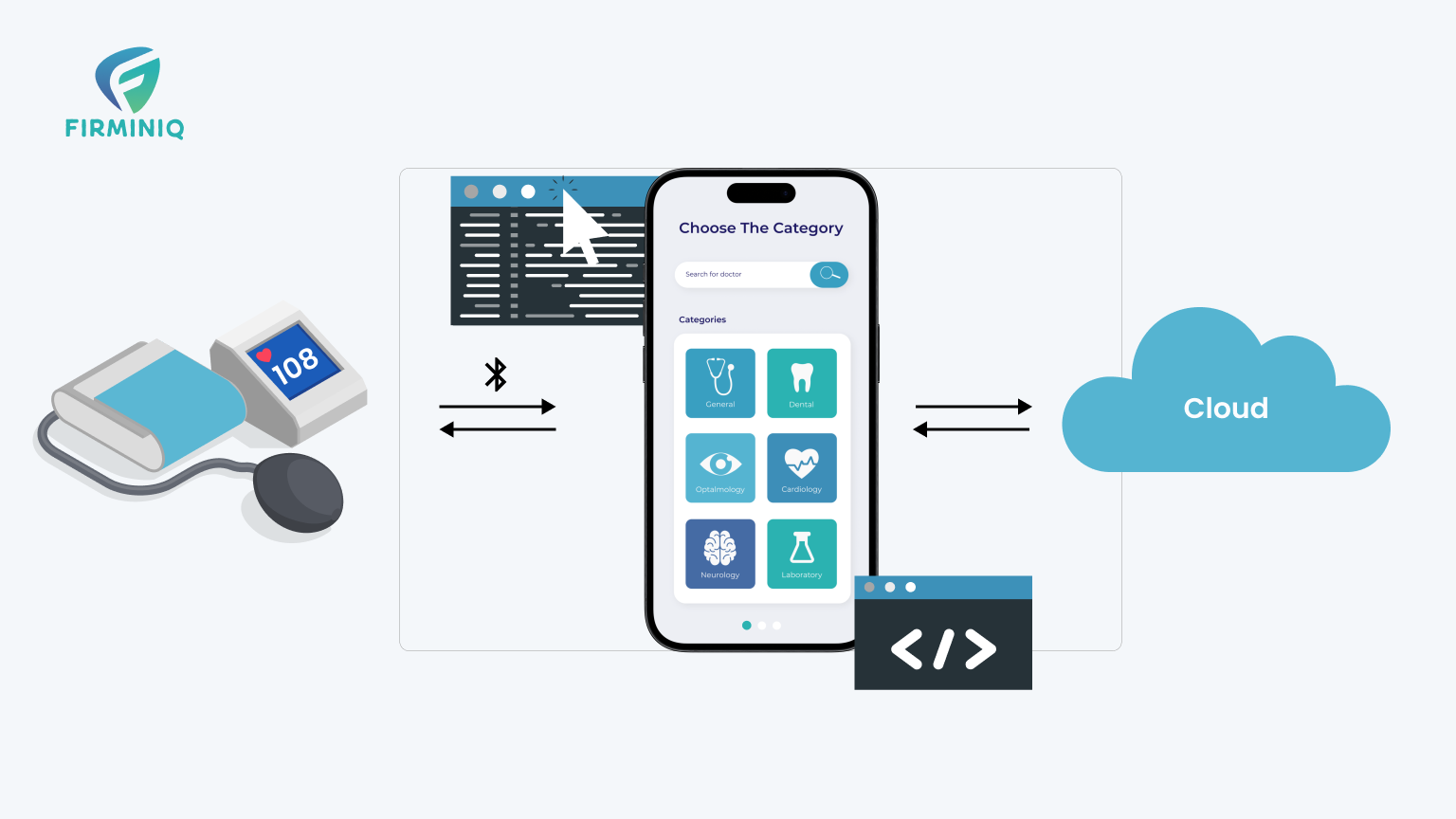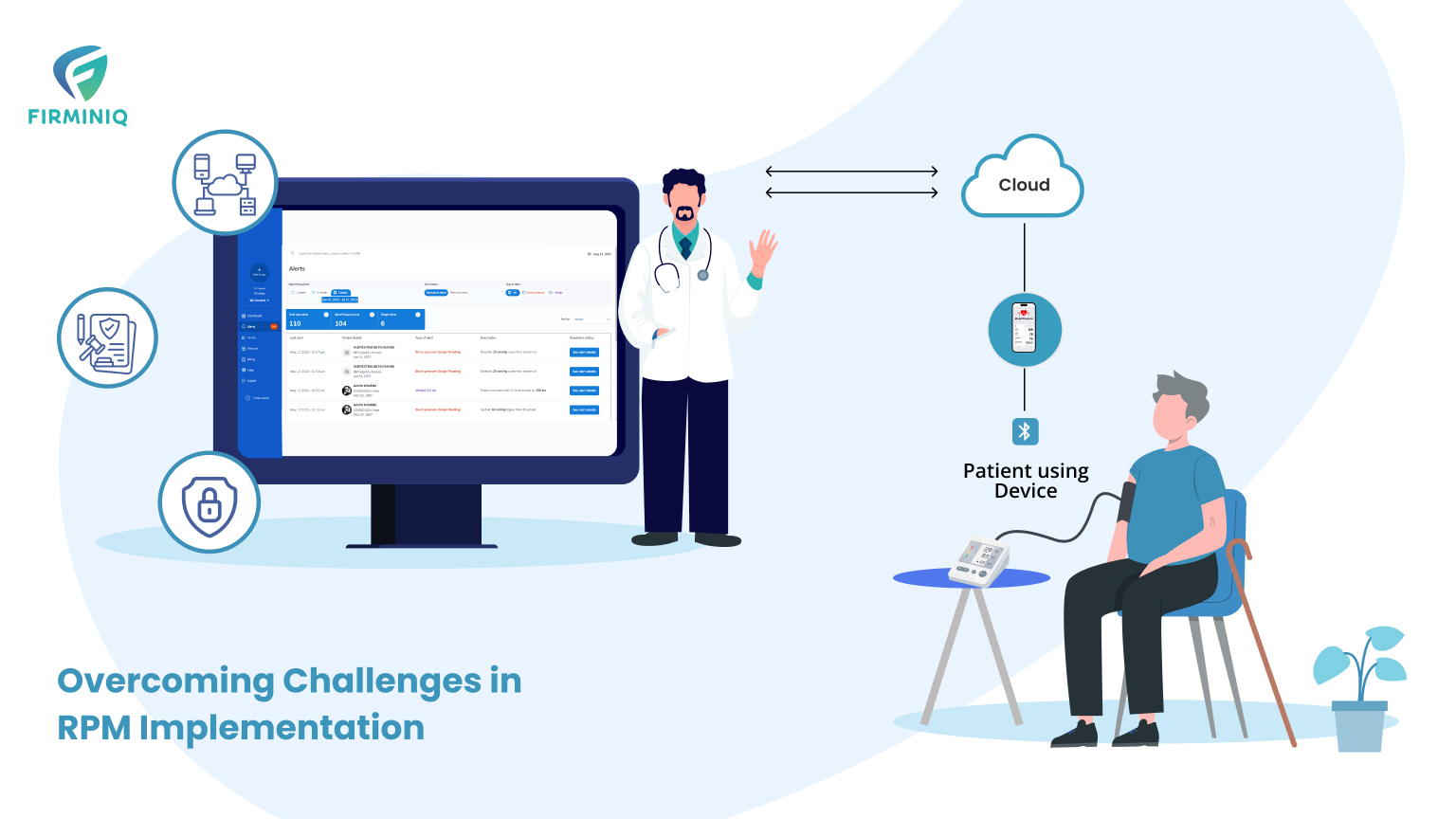Test-Driven Development, commonly known as TDD, is a software development approach where tests are written before the code that needs to be evaluated. The process involves writing a test for a small piece of functionality, running the test (which should fail initially since the code is not written yet), and then writing the code to make the test pass. Once the test passes, the developer refactors the code if necessary and repeats the process for the next piece of functionality.
TDD emphasizes generating the required code to successfully pass the test, simplifying, and clarifying the development process. The TDD process typically involves the following cycle, known as the Red-Green-Refactor cycle:
1. Red: Write a Test
Before any code is implemented, a developer writes a test that defines a small, specific piece of functionality. This test is written based on the expected behavior of the code to be implemented.
2. Green: Make the Test Pass
Once the test is written and executed, it should fail since the corresponding code is not yet implemented. Further, one needs to write the minimum amount of code, which is necessary to make the test pass. The focus here is on making the test successful, not on writing perfect or complete code.
3. Refactor: Improve Code without Changing Behavior
After the test has passed, the developer can refactor the code to improve its structure, readability, or efficiency. The goal is to make the code as clean and maintainable as possible without changing its external behavior.
The process is iterated for every additional feature. The developer writes a new test, watches it fail, implements the code to make it pass, and then refactors if needed. This iterative process continues for the entire development cycle.
The 6-Step Cycle of Test-Driven Development
Test-Driven Development is a methodology practiced by software engineering teams, and the core areas of the six step TDD cycle include the following:
1. Add New Test
In the initial step, a test case is incorporated without the implementation of the code. This aids the engineering team, particularly developers, in gaining a comprehensive understanding of the requirement before proceeding to write the actual program code.
2. Execute Tests to Ensure Code Failure
If the newly added test case fails, as it should (due to being executed without any code), it confirms the proper functioning of both the test environment and the test case.
3. Write Code
The third step in the test-driven development process involves coding. During this phase, developers must ensure that the code successfully passes the test. Following successful testing, the new code should be modified to meet the requirements specified in the test case.
4. Run Automated Tests
Upon successful testing and code implementation, the subsequent step is to execute automated tests. The successful outcome of each test case in these automated tests implies that the code fulfils all the specifications mandated by the client.
5. Refactor Code
Upon satisfying the standards and requirements, the follow step in test-driven development is refactoring. Refactoring involves eliminating duplication between production and test codes without compromising the existing functionality.
6. Repeat
Following the refactoring phase, the entire cycle in Test-Driven Development is reiterated, adhering to the steps, this time incorporating a new test.

The Role of QA In A Test-Driven Development Environment
In the development process, both developer and quality assurance engineers employ test cases for code development and execution. Therefore, the effectiveness of Test-Driven Development relies on meticulously crafted test cases that comprehensively address all requirements.
Incorporating the QA team in every stage of Test-Driven Development is critical. Their end-to-end testing expertise provides a comprehensive understanding of the overall systems. Collaborating with developers, the QA team should actively participate in integrating unit testing into the application core.
Impact of Test-Driven Development on QA
1. Early Detection of Defects
TDD helps in catching defects at an early stage of development. QA can collaborate with developers to define test cases based on requirements, ensuring that the tests cover the expected functionality.
2. Improved Collaboration
TDD encourages collaboration between developers and QA professionals from the beginning of the development process. QA can provide valuable input in the test design phase, helping to create more comprehensive test suites.
3. Increased Test Coverage
TDD often leads to higher test coverage because tests are written for each piece of functionality. QA can focus on higher-level testing, such as integration and system testing, as the foundational unit tests are already in place.
4. Faster Feedback Loop
TDD provides a quick feedback loop to developers, allowing them to fix issues immediately after introducing new code. QA can also receive faster feedback on the stability and functionality of the application, enabling them to adjust testing strategies as needed.
5. Maintainable Code
TDD promotes writing modular and maintainable code, as developers are encouraged to refactor continuously. QA benefits from a more stable and easily testable codebase.
6. Regression Testing
With a suite of automated tests created during TDD, regression testing becomes more efficient. QA can focus on exploratory testing and new features, confident that existing functionality is continuously validated through automated tests.
7. Reduced Defect Rate
TDD can contribute to a reduction in the overall defect rate in the software. QA can concentrate on more complex scenarios and edge cases, knowing that the foundational aspects of the code have been thoroughly evaluated.
8. Continuous Integration and Continuous Deployment (CI/CD)
TDD integrates well with CI/CD practices, ensuring that tests are run automatically upon each code commit. QA teams can take advantage of automated builds and deployments, receiving a more stable and predictable environment for testing.
9. Documentation and Specifications
TDD can serve as a form of documentation, as the tests themselves can act as specifications for the code’s behavior. QA can use these tests to gain insights into the intended functionality and identify potential areas of concern.
Key Principles and Characteristics of TDD include:
1. Test First
Tests are written before any code is implemented. This helps clarify the requirements and design of the system before the actual development begins.
2. Automated Tests
TDD relies on automated testing frameworks to execute tests quickly and consistently. These automated tests can be run frequently, providing rapid feedback to developers.
3. Small, Incremental Steps
TDD encourages developers to take small, manageable steps in writing code. Each test should focus on a specific, isolated piece of functionality.
4. Continuous Integration
TDD is often used with continuous integration practices. The automated tests are integrated into the build process, ensuring that the codebase is always working.
5. Code Coverage
TDD aims for high code coverage, meaning that a significant portion of the codebase is covered by automated tests. This helps ensure that changes to the code do not introduce unexpected regressions.
Benefits and Advantages of Test-Driven Development
The Test-Driven Development approach provides engineering teams with the following advantages:
- Developers acquire enhanced understanding of project requirements, resulting in the development of a bug-free and high-quality product.
- Writing tests as the initial step enables developers to detect defects early in the development process, while Quality Assurance engineers can also spot bugs at an early stage during the testing phase.
- TDD frequently results in code that is well-structured, modular, and easily maintainable.
- Developers receive immediate feedback on the correctness of their code, enabling quick identification and resolution of issues.
- TDD serves as a safety net for refactoring, ensuring that existing functionality is not accidentally compromised during code changes.
- With the testing phase experiencing fewer unit/regression bugs, there is more available bandwidth to address real-time issues.
The Extended Role of QA In Agile
Firstly, it is important to understand that TDD is not a methodology for Quality Assurance (QA); rather, it is an approach to software development.
- Test-Driven Development is primarily intended to confine its scope to unit testing exclusively.
- When any product needs to be tested on multiple hardware/software platforms independently, it is required to have a separate engineering team of developers and testers to take benefits of increased specialization.
- QA remains engaged throughout the Agile process, playing an integral role in any team by designing test cases, even in situations where the requirements are still evolving.
- An autonomous testing team acts as an impartial third party, providing a comprehensive view of the application under test (AUT) in an end-to-end context. This testing team contributes to validating functionality while maintaining a focus on product quality.
Limitations and Challenges of TDD
While TDD follows a distinct 6-step cycle, it is constrained by specific challenges and limitations, as outlined below:
- Software engineering teams often face a steep initial learning curve when adopting Test-Driven Development.
- For minor bug fixes, the time required for TDD can be extensive.
- Implementing the TDD approach becomes cumbersome in maintenance projects that primarily involve addressing micro bugs and making minor enhancements.
- In projects where initial requirements are unclear but become clearer later, the implementation of TDD becomes complex. In such instances, software developers and QA teams find it increasingly challenging to derive test cases with accurate expected results.
Conclusion
TDD can positively impact QA by promoting early defect detection, improving code quality, automating regression testing, providing clear documentation, facilitating collaboration, reducing debugging time, and aligning with CI/CD practices. It enhances the overall efficiency and effectiveness of the QA process in the software development lifecycle.







7 comments
May I simply just say what a comfort to discover an individual who truly understands
what they are talking about on the internet. You actually understand how to bring an issue to light and make it important.
More and more people have to look at this and understand this side of your story.
I was surprised you’re not more popular because you certainly possess the gift.
Wow, amazing weblog layout! How long have you been blogging for?
you made blogging look easy. The entire look of your website is excellent, as
neatly as the content material!
Awesome post.
It’s going to be end of mine day, however before ending I am
reading this fantastic piece of writing to increase my knowledge.
What’s up i am kavin, its my first occasion to
commenting anyplace, when i read this piece of writing i thought
i could also create comment due to this brilliant paragraph.
It’s amazing to pay a visit this site and reading the
views of all colleagues on the topic of this piece of writing.
It’s very interesting!